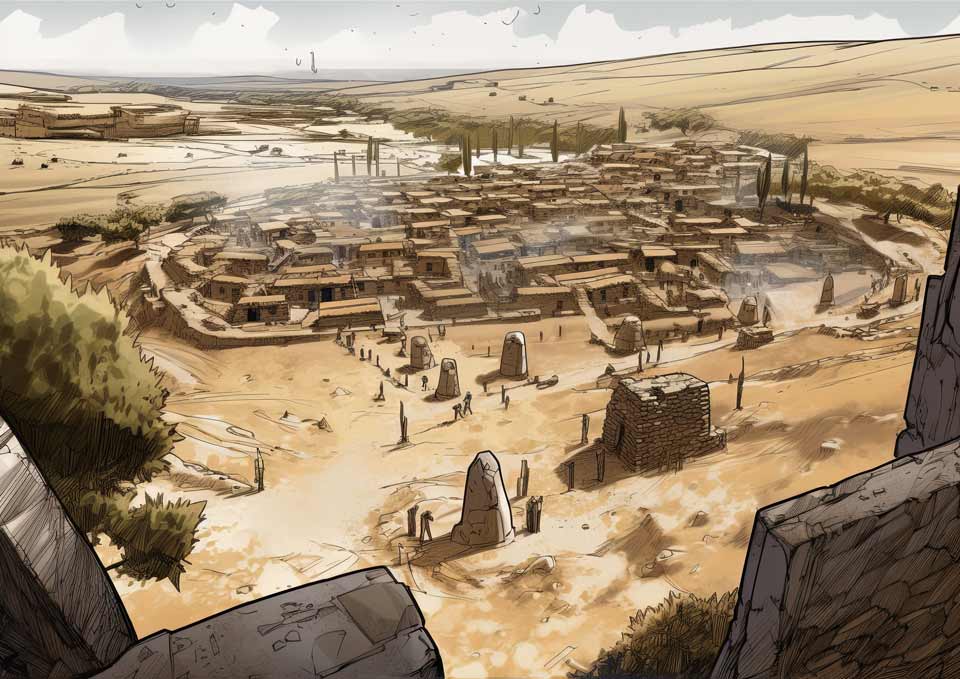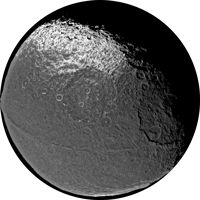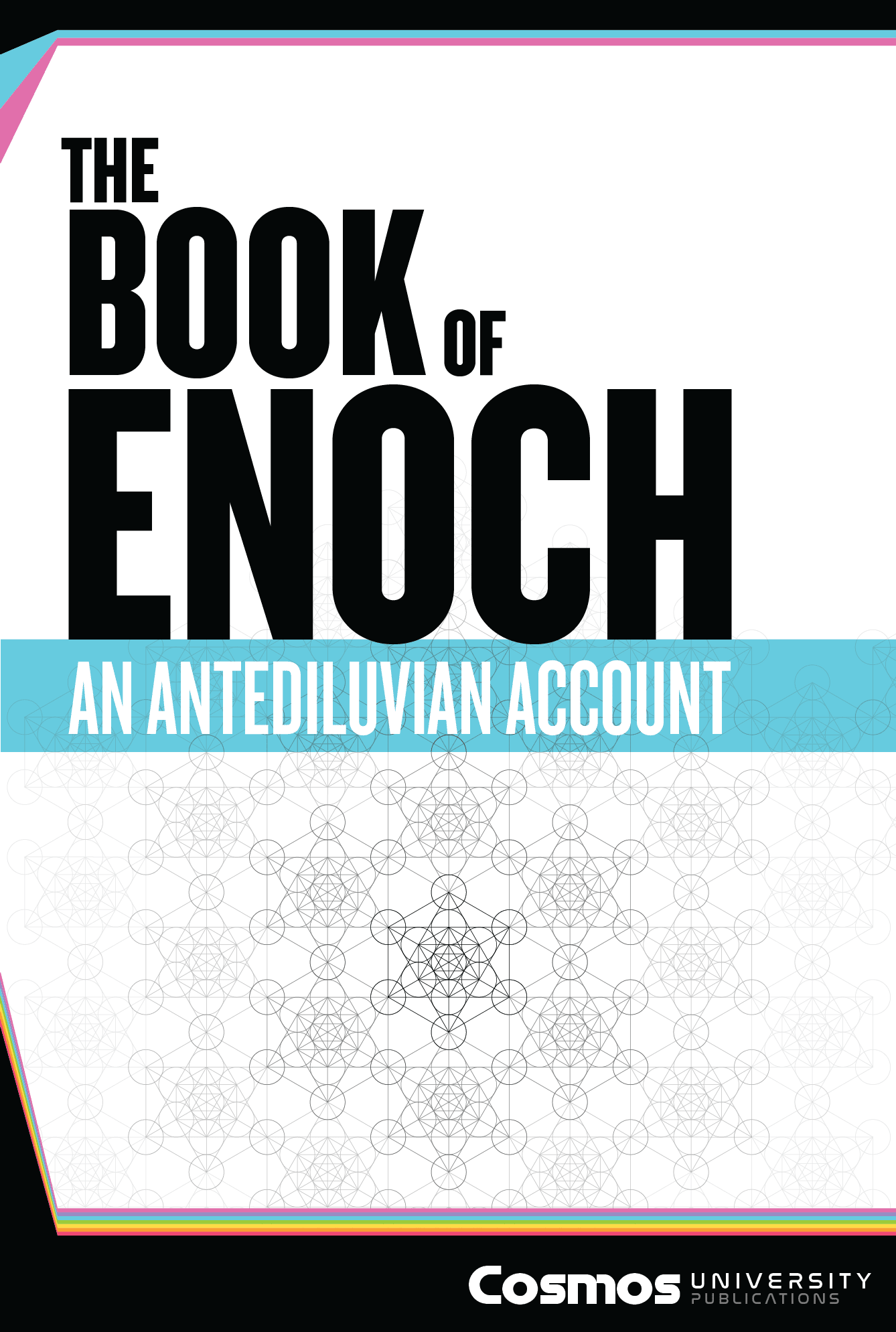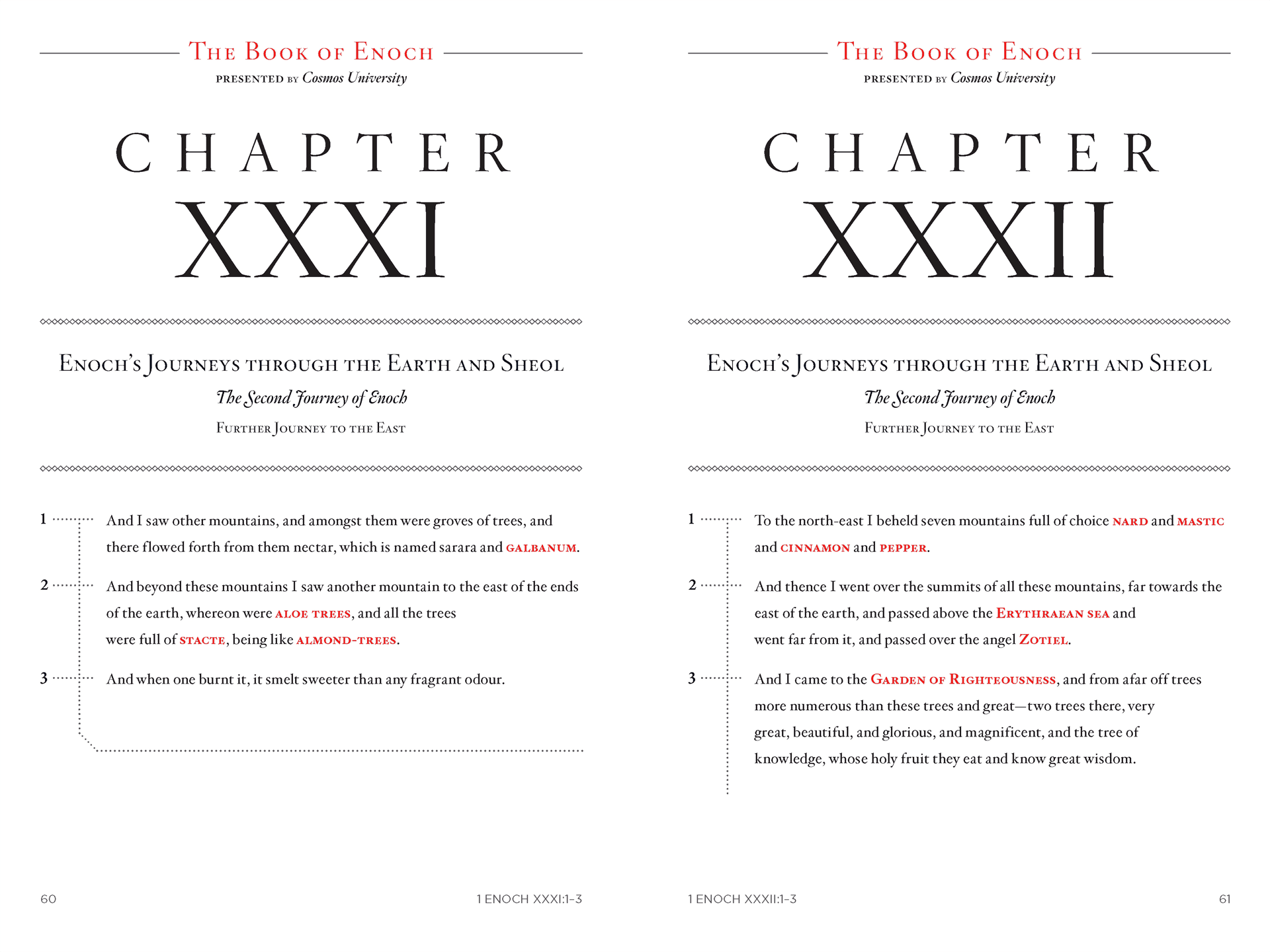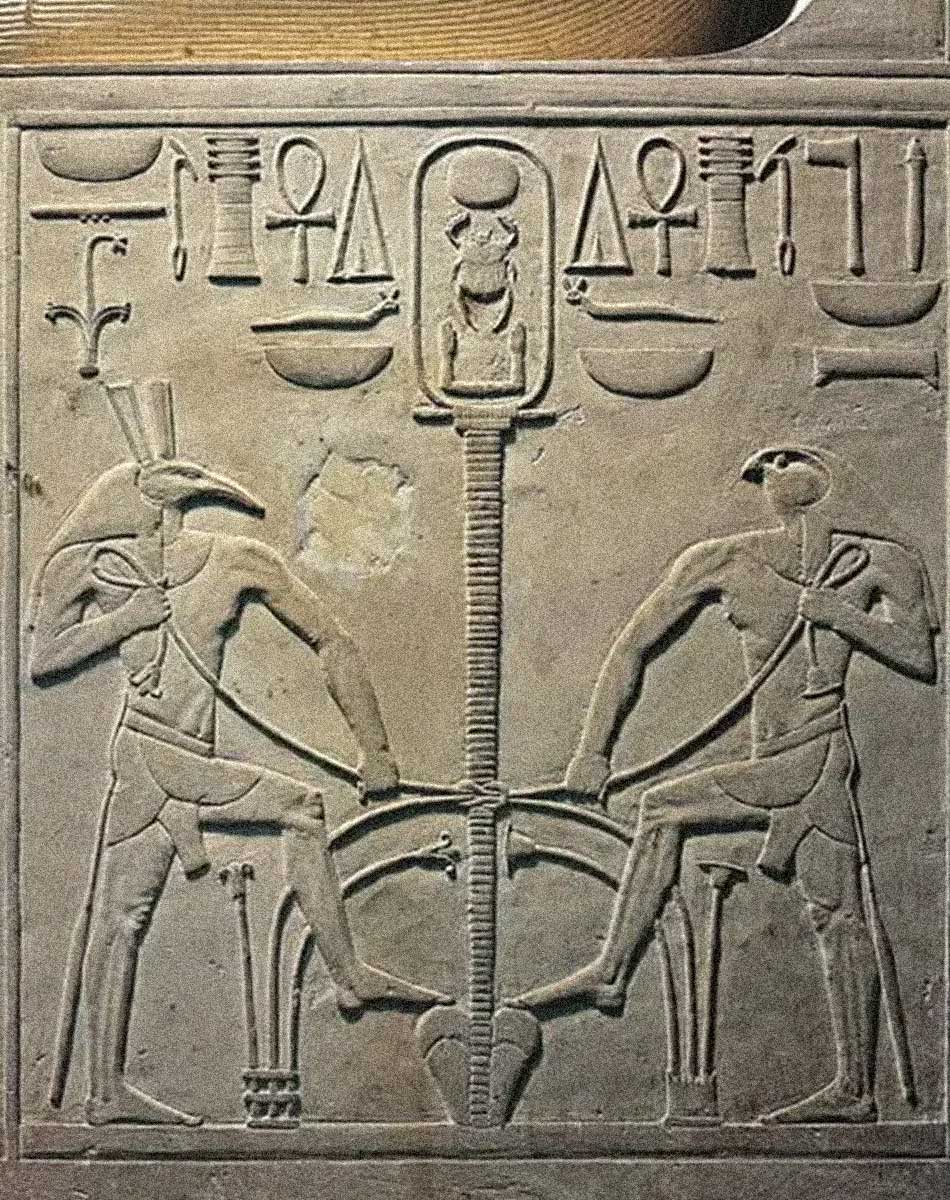The unearthing of Göbekli Tepe in southeastern Anatolia, dating back over 12,000 years, has redefined our understanding of early human civilization. Situated at the intersection of the end of the last ice age and the beginnings of the Holocene, this site predates established notions of organized societies and agriculture. Although precise dating of its construction remains challenging, Göbekli Tepe stands as one of the first significant human settlements post-flood, built around the time global temperatures were rising dramatically and coastal regions were being reshaped.
What makes Göbekli Tepe extraordinary is its monumental scale and the complexity of its construction, which suggests that its builders possessed an advanced understanding of engineering, social organization, and astronomy. The massive stone pillars, some weighing up to 20 tons, are intricately carved with animal motifs and geometric symbols, many of which may have served symbolic or astronomical purposes. Scholars believe that the circular layout of these megalithic structures, coupled with their celestial alignments, points to Göbekli Tepe functioning as an astronomical observatory. Recent theories propose that the site's alignment with the star Sirius and other constellations might have allowed early humans to track celestial events and mark time, making it one of the earliest known celestial calendars in human history.
Göbekli Tepe also forms part of a broader network of advanced settlements across the region. Other nearby sites, such as Karahan Tepe and Nevalı Çori, reveal similar patterns of construction and celestial alignment, indicating that the people who built these megaliths were not isolated. Instead, they were part of a larger, interconnected culture that shared knowledge, resources, and technological innovations. These findings challenge the long-held belief that organized societies only developed after the invention of agriculture, suggesting that advanced human settlements emerged much earlier, possibly fueled by communal worship, social cooperation, and astronomical observations.
Moreover, the timing of Göbekli Tepe’s construction—roughly aligned with the end of the Younger Dryas period—raises questions about its role in the post-flood era. As one of the first major population centers following the global floods, this site may have served as a focal point for the survivors of cataclysmic events. Its construction shortly after such environmental upheavals may reflect early humanity’s attempt to restore order, using astronomical cycles to guide them through the uncertainties of a changing world.
The awe-inspiring nature of Göbekli Tepe continues to captivate researchers, not only because of its advanced stoneworking techniques but also for its apparent role as a center for spiritual and astronomical practices. The lack of evidence for everyday life at the site suggests it was primarily a ceremonial complex, dedicated to rituals that likely connected the people of that era with the cosmos, time, and perhaps even their collective memory of past cataclysms.
